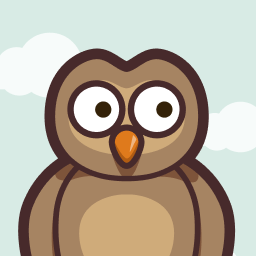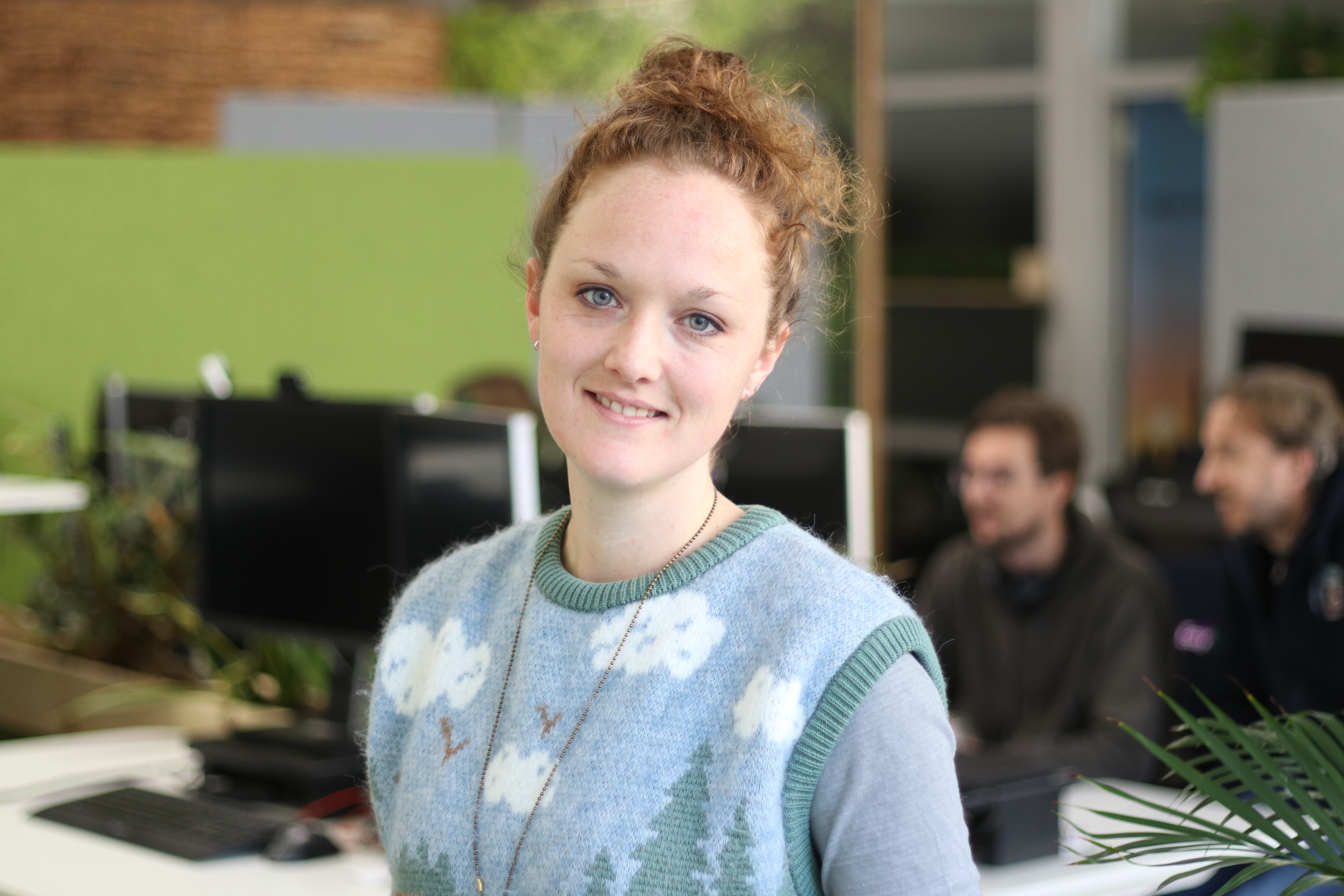If you are a front-end software engineer, you can be picky about the company you want to work for. In fact, in today’s job market, the choice is huge. But what sets us apart from the rest? What is unique about being a front-ender at our company? Our Front-End Engineer, Anouk, explains in detail what her job entails and shares her experiences. Hearing what she does firsthand brings it to life!
Interviewee Profile:
Name: Anouk
Work experience at Easy LMS: 6 years
Current role: front-end software engineer
Can you briefly explain your role as a front-end software engineer?
“I design, build, and implement the user interface (UI) of Easy LMS. As the name says, 'front-end' happens on the front: it’s what users see and work with. This is everything from the look and feel, to usability, interaction, and behavior of the UI.”
Can you describe what makes it attractive to be a front-end software engineer at Easy LMS?
The lines are blurry between disciplines
“What I think is characteristic about being a front-ender at Easy LMS, but this goes for every role at Easy LMS, is that the lines are blurry between disciplines. People don’t work on something on an island and then do a handover. Teams of multiple disciplines work on a solution together, from start to finish. We start with discussing the solution, design and implement it, and end with testing and releasing it. You are part of the whole process, not just a little piece.”
And why is this beneficial?
“For starters, you have less waste because you can work on the product in an optimized way. You don’t have to go back and forth and do unnecessary work. Problems are never thrown over the fence, so to speak. It all works like a well-oiled machine. It saves a lot of time and frustration, and it feels really easy and natural to work this way.”
You can shape your job towards your interests and passion
Are there other advantages to the lines being blurred between disciplines?
“You can actually look at people’s strengths. This is an advantage, because they can shine at what they’re good at and do what gives them energy. For example, I like to design more than what would strictly fit the job description of a front-end software engineer. I got the freedom from my bosses to do it, and I took it. What helps, of course, is that I add value by exploring my design qualities. As long it has value and is relevant to the company’s objectives, you can shape your job towards your interests and passion. It helps me to stay motivated. I can do what I love to do.”
What is the most challenging project you’ve done so far?
“That is definitely our new slide builder for Courses. I’m happy with the result, and learned a lot from it, although it has also given me some headaches. That’s the challenge of renewing something that already exists. If you make something new, you have a clean slate and can make it work as you think best. But with an existing feature, you have to deal with current expectations that clients have of what the product can already do. At the same time, you want to improve it and move in a certain direction. It is a fine line to walk, but it is extra rewarding if you succeed and get high praise from clients about the improved usability.”
You already explained that you have the freedom to shape your job to your interest and passion. Can you explain how much room you have with design implementation?
Your view and opinion really matter
“Your view and opinion really matter. So, if you think you have a good idea about how to improve code, development style, or even the direction of the product, people are all ears. It still needs to fit within our guidelines and processes, of course. So, it’s not that you can just go rogue and change anything you want to about our software product or internal working processes; that would lead to all kinds of problems. You have a lot of freedom, but should always think it through very thoroughly.”
As a front-ender, you currently use React, Storybook, and Material.io. What is your favorite front-end technique that we use?
“Lately, I am getting increasingly enthusiastic about CSS custom properties. You can store all kinds of values in these variables (like colors, font families, anything, really) and the browser can read these variables. These CSS variables - as I usually call them - have been around for quite some time, but it took a while before the major browsers supported them. They are very useful for our product because we work with themes for our clients so that they can apply their branding. With these CSS variables, it’s so easy to theme, it’s ridiculous. It requires far less CSS than if you would use a preprocessor like Sass, for example. The code looks much cleaner, and the build time is much faster. You can also change them on the fly, so it ties in nicely with React. It’s a breeze, so I’ve been using this more often.”
You are also really enthusiastic about Storybook, right?
“Yes, that’s correct! We use it to build our own library of components and pages. We have been using it for quite a while, but not to its full potential. We’re going to change that now.”
Front-ending at Easy LMS means you are also involved in the design process. Do we expect new front-enders to make graphic designs?
As a front-ender, you have a crucial role in creating the UI
”No, that’s not needed! As a front-ender, you have a crucial role in creating the UI. You need to know how to build a predictable interface for the end-user within the corporate identity by using design patterns and reusable components. Luckily, we have a design system and guidelines which make it easy to keep uniformity throughout our application. Plus, we expect front-enders to understand where and how to incorporate our branding in the interface, so it becomes more playful without distracting from the main goal. You don’t necessarily need to execute all ideas yourself. You can implement these together with a colleague, for example. As long as you have an eye for those kinds of details.”
But you do graphic design too. Can you explain why?
“Although it’s not part of front-end engineering, I really like it. I have designed quite a few vector illustrations of our owl mascot and I animated some of those with CSS. I also design merchandise for my colleagues, recruitment posters, and emojis for internal use. I’m really all over the board here, and to be honest, often, it’s the result of me just having some playtime and a chance to recharge. I missed the design aspect in previous jobs, so this is the ideal combination for me. But making graphic designs is just a small part of my daily tasks.”
Are you like Anouk, and do you love working daily on the front-end of a large software product? We are looking for a talented colleague to join our team!
Check out our vacancy


